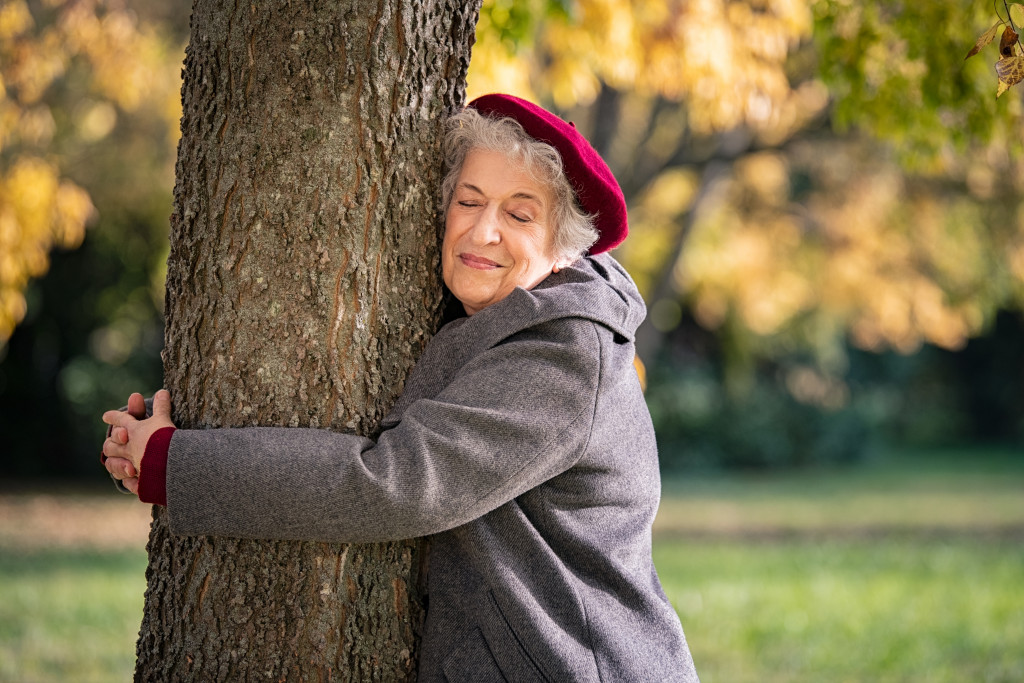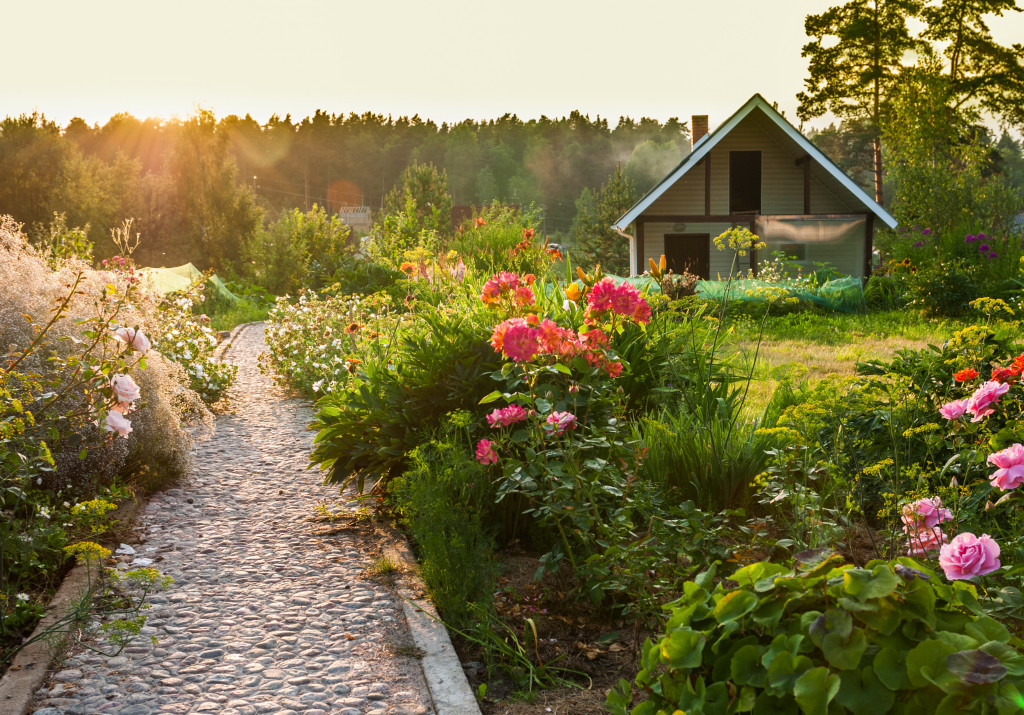- Landscaping in retirement should include native plants, as they are low-maintenance and beneficial to local ecosystems.
- Designing a garden space, whether for vegetables or flowers, can provide both physical and mental health benefits.
- Mature trees enrich the landscape, offering shade and reducing energy costs, but they require proper maintenance.
- Including low-maintenance hardscapes such as gravel paths, paving stones, mulch beds, and artificial grass allows for less garden work.
As you enter your retirement years, you have the luxury of time to pursue your passions and hobbies. For nature-loving seniors, landscaping is the perfect hobby that allows you to enjoy the outdoors and create a visually stunning space that you can enjoy year-round.
A well-designed yard can be beneficial not only to your eye but also to your overall well-being. This blog will discuss essential landscaping improvements that you can make to your retirement home that celebrate nature and enhance your enjoyment of your outdoor living area.
Native Plants
One thing you should know about native plants is that they thrive in your area because they are used to your climate, soil, and other environmental factors. As a result, they require less water and maintenance, making them cost-effective and easy to manage.
By growing native species, you also support the natural environment, provide habitats for local wildlife, and reduce the risk of invasive plant species taking over. You can consult with local nurseries or do some research to find out which plants are native to your region and how you can incorporate them into your landscape design.
A Garden Space
A garden could easily be considered an outdoor work of art. Whether you’re planting a vegetable garden or a flower garden, creating a designated garden space can be beneficial to both your physical health and your mental health. It is therapeutic to spend time tending your garden, planting, and reap the rewards of your labor. Growing your produce or having a flower bed can also help you connect with other seniors who share your love for nature.
Mature Trees

Trees are the backbone of any yard and can add height and texture to your garden landscape. You can purchase mature trees and get them installed immediately. Mature trees can also provide shade to your yard, and they can be instrumental in lowering energy bills as they provide natural cooling for your home.
Just remember to keep your trees well-maintained to avoid any potential hazards. You can employ the help of experienced tree surgeons to prune and trim your trees, ensuring they remain healthy and safe. They can also advise you on the best species to grow in your yard and help with planting and maintenance.
A Water Feature
Water features, whether a pond, fountain, or waterfall, bring life to your yard by producing soothing sounds and providing real-time natural creativity. You may also have the opportunity to keep fish in a pond and enjoy watching wildlife come to the water source.
Low Maintenance Hardscapes
As people age, it becomes necessary for them to reduce the amount of time they spend in the garden. Therefore, it is important to invest in hardscapes that have less maintenance. There are many options to choose from. Here are four examples you can consider:
Gravel paths
Gravel paths are an affordable and low-maintenance option for your garden. They require no watering, weeding, or mowing. You can install them with different designs, and they add texture to your yard.
Paving stones

Paving stones also have similar benefits as gravel paths; they don’t need high maintenance once installed, and you can choose from different patterns that match the aesthetic of your home.
Mulch beds
Mulch beds are a popular option for landscaping in retirement homes. They suppress weeds, retain moisture for plants, and improve soil quality as they break down. Mulch beds also come in various types and colors, giving you a lot of choices.
Artificial grass
Artificial lawns are becoming increasingly popular with seniors who don’t want to spend time and energy maintaining a natural lawn. They require no mowing, watering, or fertilizing, and they always look green and beautiful. It may be an upfront investment, but it pays off in the long run with minimal maintenance required.
By investing in low-maintenance hardscapes, you can spend more time enjoying your yard and less time working on it.
Landscaping during your retirement years should focus on creating a serene, low-maintenance environment that allows you to connect with nature without excessive physical strain. By incorporating native plants, mature trees, and water features, your yard becomes an inviting, vibrant living space. Meanwhile, low-maintenance hardscapes like gravel paths, paving stones, mulch beds, and artificial grass provide beauty with minimal upkeep.
